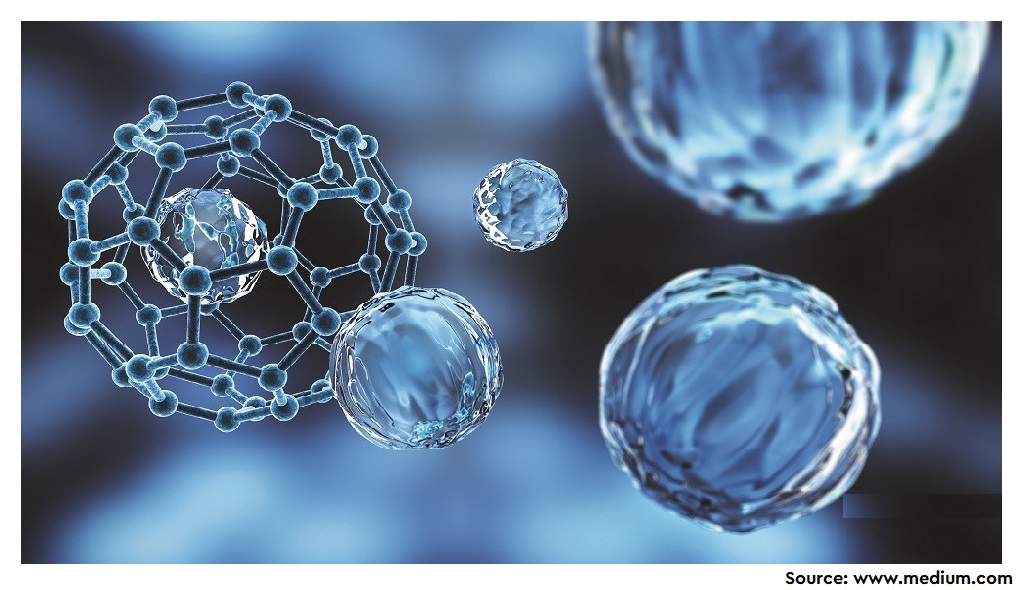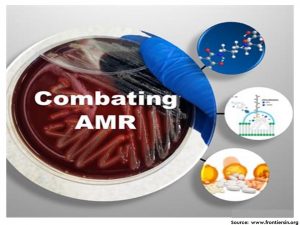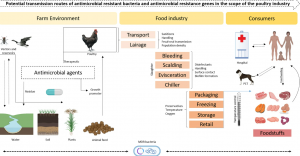Antibiotics are the entities that help us to fight against the bacterial infections. These antibiotics are being used as therapeutic agents in humans while as therapeutic, prophylactic as well as growth promoters in case of animals. The release of antibiotics in human and animal waste results in the entry of these antibiotics in the food chain. Further, the presence of even the trace amounts of antibiotics in the food chain have a devastating impact. It includes organ toxicity, and hearing loss, not only this disease’s treatments efficiency decreases by antibiotics abuse resulting in antibiotic resistance. Additionally, animals and humans could be exposed to the real danger represented in the growth of antibiotic resistant bacteria that are expected to develop to other microbial populations. Thus, it becomes very important to have controlled presence of antibiotics in the environment for human safety. It can be achieved by developing responsive and convenient methods for determining antibiotic levels quickly. One of the earlier ways of detecting the same includes the application of chromatography, however it involves high costs. The other category of detection methods includes enzyme-linked immunosorbent assay (ELISA), flame ionization (FI), diode array (DA), and capillary electrophoresis (CE). But these techniques require highly trained technicians and complex samples preparation that hinders their wide application.
In this regard, Alsaiari et al. (2021), have recently published a review article emphasizing the advancements in the field of Nanotechnology for better and quicker detection of trace elements of antibiotics. This review highlights the development of new and varied analytical techniques used for drug analysis, food analysis, environment, and health include nanomaterials as the main constituent as nanomaterials. The properties of nanoparticles have revolutionized the field of electrochemical sensing. This combination has improved the efficiency of the sensor with sensitive, precise, and quick antibiotic detection. Later section of the article has discussed in detail about how different types of nanoparticles have been used in samples for antibiotics. The samples include milk, honey, blood, human urine, serum, plasma, water etc. It seems that such techniques will be of great use in future and will definitely help in quick and specific detection of antibiotics.
For more information, please visit the website of Micromachines (Link)







